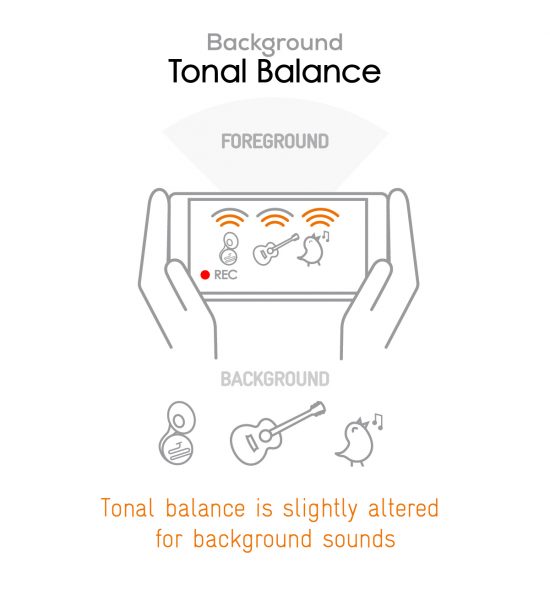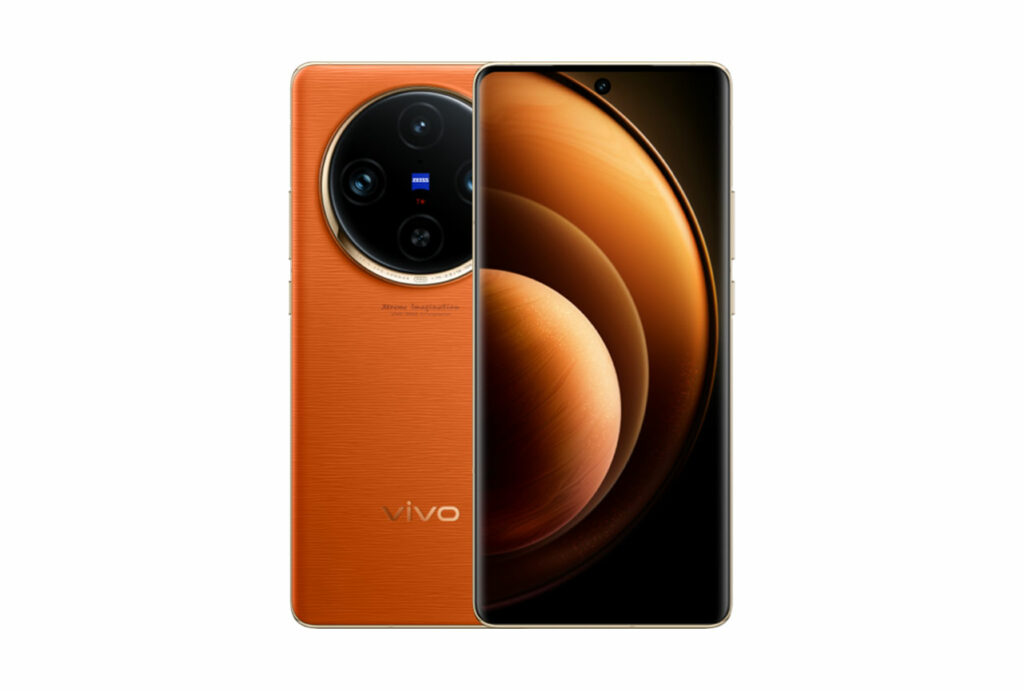We put the Vivo X100 Pro through our rigorous DXOMARK Audio test suite to measure its performance both at recording sound using its built-in microphones, and at playing audio back through its speakers.
In this review, we will break down how it fared in a variety of tests and several common use cases.
Overview
Key audio specifications include:
- Two speakers (Top front under screen, bottom side)
- No jack audio output
Scoring
Sub-scores and attributes included in the calculations of the global score.
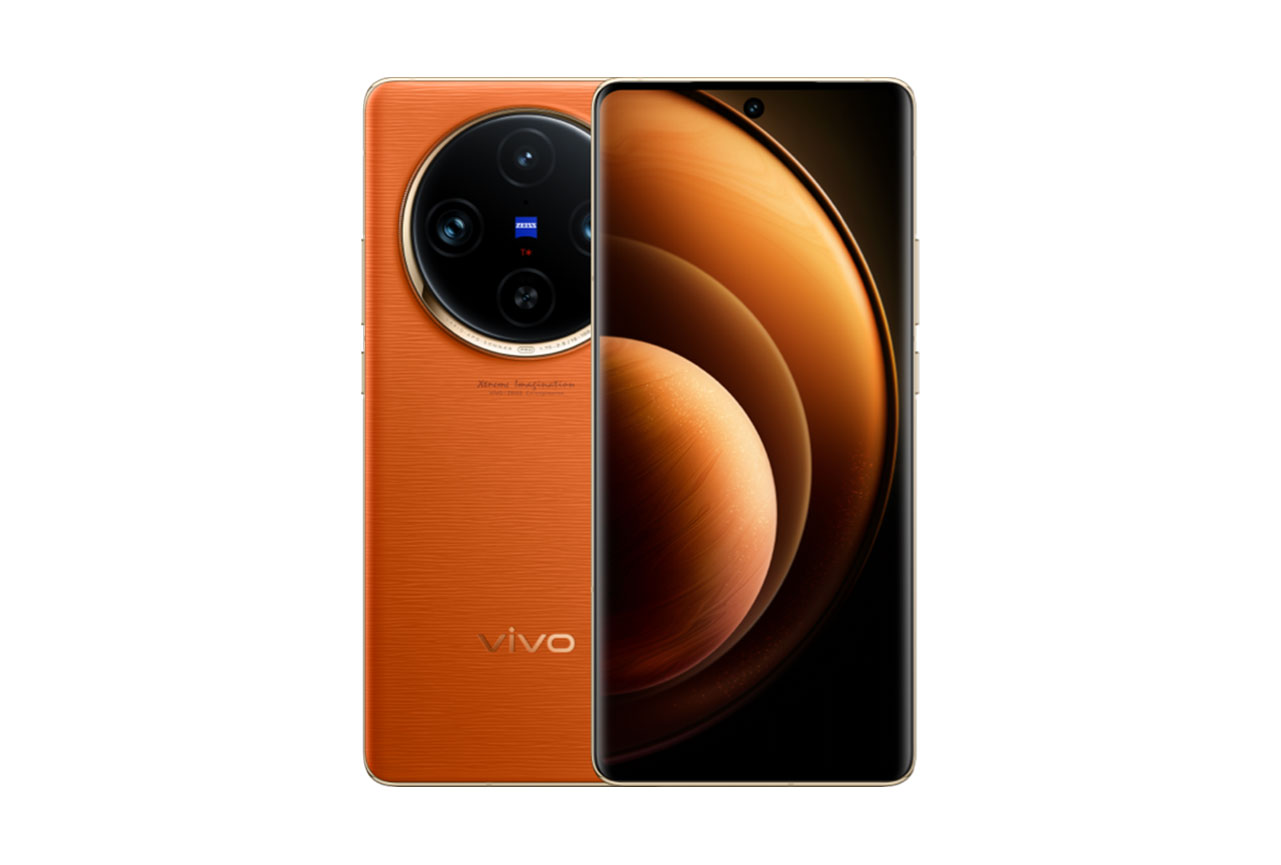
Vivo X100 Pro


 50th
50th 34th
34thPlayback
Cons
- Timbre lacks bass support
- Fairly unpleasant timbre at maximum volume
- Distortion and clipping at maximum volume
Recording
Pros
- Very good timbre in both urban and home scenarios, natural and accurate audio rendition
- Pretty good distance rendition in most use cases
- Pretty good wind noise reduction especially with main camera recordings, preserving intelligibility even in strong wind conditions
With a DXOMARK Audio score of 134, the Vivo X100 Pro delivered a fairly average performance in our tests. Distortion was noticeable when playing back audio at high volume, but our audio experts liked the solid timbre rendition in playback at nominal volume, despite a lack of low-end extension. Recording performance was very consistent overall, and timbre delivered from the microphones was deemed particularly pleasant and natural. Thanks to effective wind noise reduction the X100 Pro did very well when recording in windy conditions, but the Vivo is one of few Ultra-Premium phones not to offer an audio zoom feature.
In the playback tests, the X100 Pro performed best for gaming, but the results were close when listening to music or watching movies. Recording scores were highest when using the memo app. Selfie video was almost on the same level, but main camera video and meeting room recordings dropped a little lower.
Test summary
About DXOMARK Audio tests: For scoring and analysis in our smartphone audio reviews, DXOMARK engineers perform a variety of objective tests and undertake more than 20 hours of perceptual evaluation under controlled lab conditions.
(For more details about our Playback protocol, click here; for more details about our Recording protocol, click here.)
The following section gathers key elements of our exhaustive tests and analyses performed in DXOMARK laboratories. Detailed performance evaluations under the form of reports are available upon request. Do not hesitate to contact us.
Playback
Vivo X100 Pro
163
DXOMARK engineers test playback through the smartphone speakers, whose performance is evaluated in our labs and in real-life conditions, using default apps and settings.
In our tests, the Vivo X100 Pro delivered an overall decent timbre, with very good high-end extension, and decent midrange but only average bass. Dynamics performance was good, thanks to decent attack as well as good bass precision and punch. The built-in speakers offered a good sense of wideness across all use cases. Thanks to the wide stereo scene, individual sound sources were easy to pinpoint as well. Both distance and depth rendition were fairly accurate.
Our testers found the minimum volume setting to be slightly too quiet, which made it hard to hear low-volume passages in highly dynamic content, such as classical music. Maximum volume was pretty good, but the volume step distribution from minimum to maximum could have been more consistent. In terms of playback artifacts, the Vivo delivered an average performance. At nominal volume, it appeared to be free of artifacts. However, at maximum volume, our testers noticed high levels of distortion when gaming, watching movies, or playing music. When gaming, it was quite easy to accidentally cover the right speaker. This said, the effect on sound quality was pretty negligible.
Listen to the tested smartphone’s playback performance in this comparison with some of its competitors:

Timbre
Vivo X100 Pro
158
The Timbre score represents how well a phone reproduces sound across the audible tonal range and takes into account bass, midrange, treble, tonal balance, and volume dependency. It is the most important attribute for playback.

Dynamics
Vivo X100 Pro
149
The Dynamics score measures the accuracy of changes in the energy level of sound sources, for example how precisely a bass note is reproduced or the impact sound from drums.

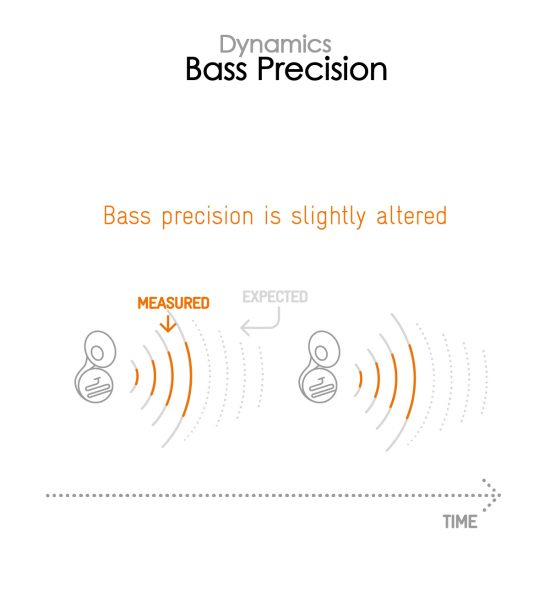

Spatial
Vivo X100 Pro
162
The sub-attributes for spatial tests include pinpointing a specific sound's location, its positional balance, distance, and wideness.
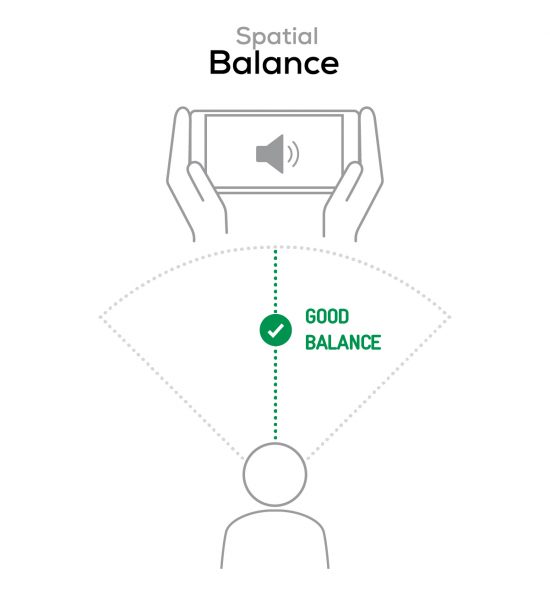
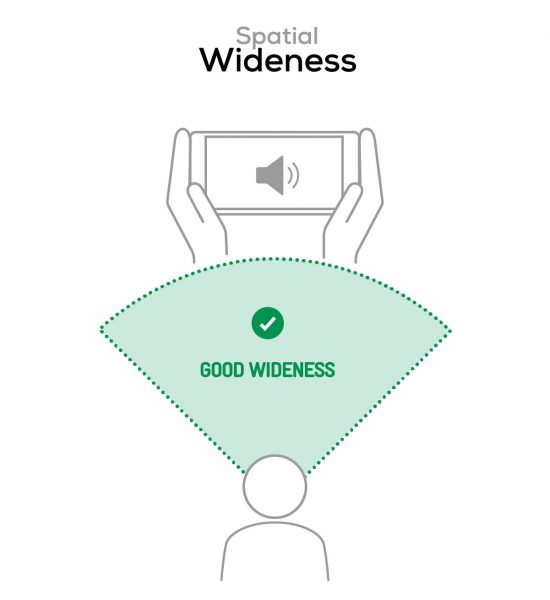

Volume
Vivo X100 Pro
162
The Volume score represents the overall loudness of a smartphone and how smoothly volume increases and decreases based on user input.
| Hip-Hop | Classical | |
| Vivo X100 Pro | 76.1 dBA | 72.8 dBA |
| Xiaomi 13T | 74.2 dBA | 70.4 dBA |
| Google Pixel 8 | 74.8 dBA | 70.1 dBA |

Artifacts
Vivo X100 Pro
157
The Artifacts score measures the extent to which the sound is affected by various types of distortion. The higher the score, the less the disturbances in the sound are noticeable. Distortion can occur because of sound processing in the device and because of the quality of the speakers.
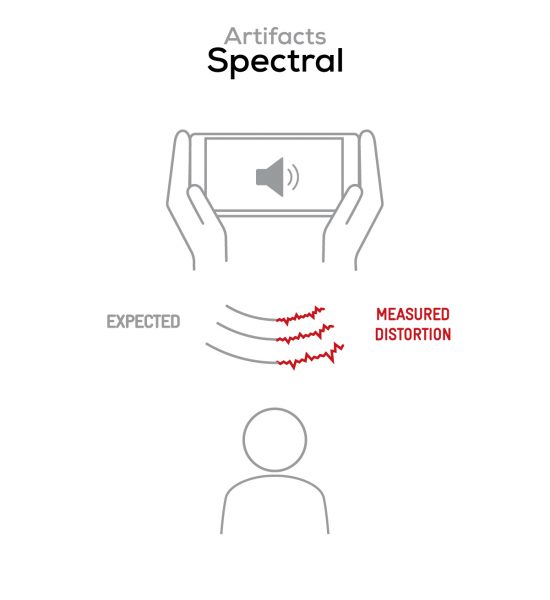
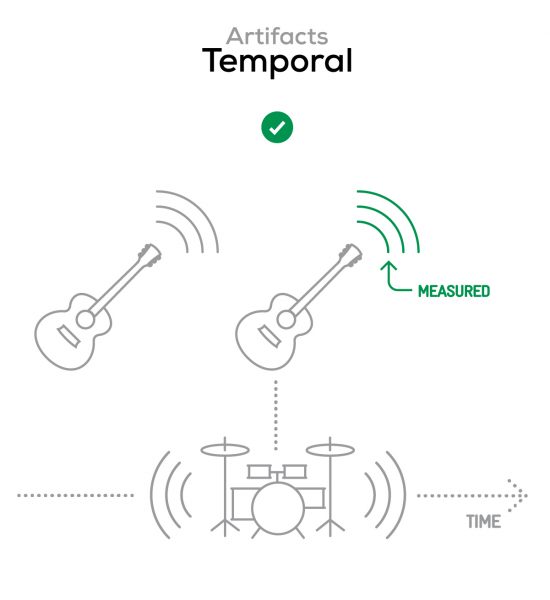
It represents the distortion and noise of the device playing our test signal (0 dB Fs, Sweep Sine in an anechoic box at 40 cm) at the device's maximum volume.
Recording
Vivo X100 Pro
160
DXOMARK engineers test recording by evaluating the recorded files on reference audio equipment. Those recordings are done in our labs and in real-life conditions, using default apps and settings.
In the recording tests, the X100 Pro offered a satisfying tonal balance in urban environments, with a natural and pleasant midrange. Whether in urban or home scenarios, the timbre did however seem to lack some clarity and brightness. When recording loud events, such as concerts, tonal balance remained good, but our experts noticed a upper treble. Consistency of the tonal balance was good across all test use cases, regardless of the app or camera used. The device offered an efficient signal-to-noise ratio in most test scenarios, and concert recordings highlighted sharp attacks and accurate envelope.
The recorded sound scene was pretty wide with the main camera but noticeably reduced when recording a selfie video, like many smartphones. Distance rendition was good across all use cases. In our real-life tests recordings were perceived as nice and loud with the main camera and memo apps, but slightly quieter with the front camera. This said, our lab measurements showed a slightly weaker loudness performance. On the plus side, the Vivo was particularly resilient to high sound pressure levels, as they can occur at loud events, such as concerts. Unwanted artifacts were controlled well in recording, with only some slight clipping on shouting voices and very subtle compression on recordings at high sound pressure levels. Background was quite natural, thanks notably to a balanced midrange. A little more presence in the upper spectrum would have been nice, though.
Here is how the Vivo X100 Pro performs in recording use cases compared to its competitors:

Timbre
Vivo X100 Pro
147
The Timbre score represents how well a phone captures sounds across the audible tonal range and takes into account bass, midrange, treble, and tonal balance. It is the most important attribute for recording.

Dynamics
Vivo X100 Pro
146
The Dynamics score measures the accuracy of changes in the energy level of sound sources, for example how precisely a voice's plosives (the p's, t's and k's, for example) are reproduced. The score also considers the Signal-to-Noise Ratio (SNR), for example how loud the main voice is compared to the background noise.

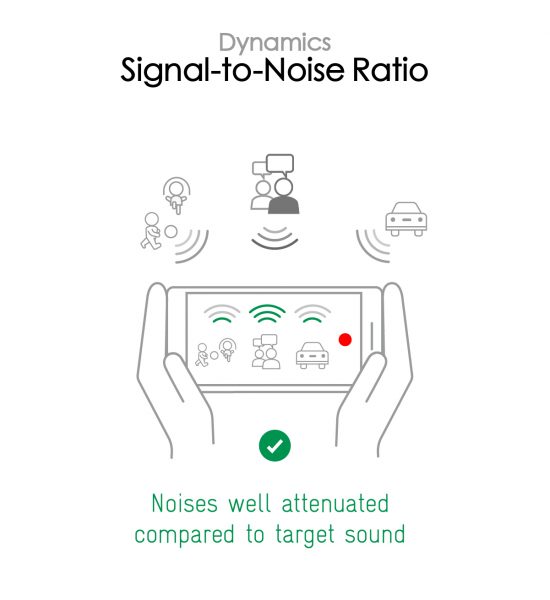

Spatial
Vivo X100 Pro
159
The sub-attributes for spatial tests include pinpointing a specific sound's location, its positional balance, distance, and wideness on the recorded audio files.
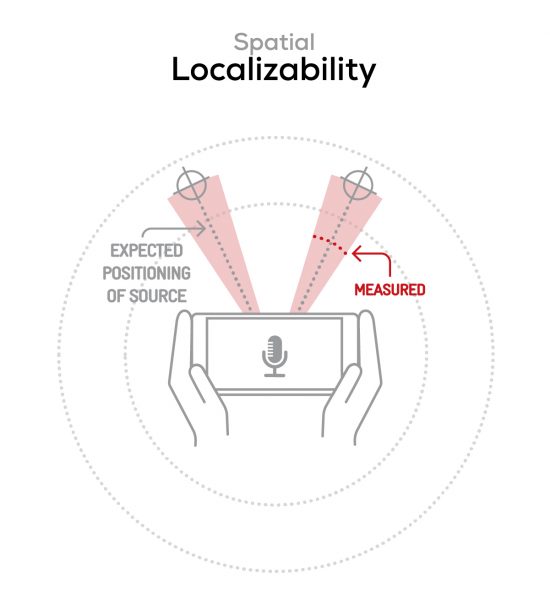


Volume
Vivo X100 Pro
170
The Volume score represents how loud audio is normalized on the recorded files and the how the device handles loud environments, such as electronic concerts, when recording.
| Meeting | Life Video | Selfie Video | Memo | |
| Vivo X100 Pro | -26 LUFS | -23.6 LUFS | -21.5 LUFS | -24.5 LUFS |
| Xiaomi 13T | -28.7 LUFS | -20.9 LUFS | -19.3 LUFS | -22.8 LUFS |
| Google Pixel 8 | -26.1 LUFS | -20.8 LUFS | -18.9 LUFS | -19.9 LUFS |

Artifacts
Vivo X100 Pro
145
The Artifacts score measures the extent to which the recorded sounds are affected by various types of distortions. The higher the score, the less the disturbances in the sound are noticeable. Distortions can occur because of sound processing in the device and the quality of the microphones, as well as user handling, such as how the phone is held.
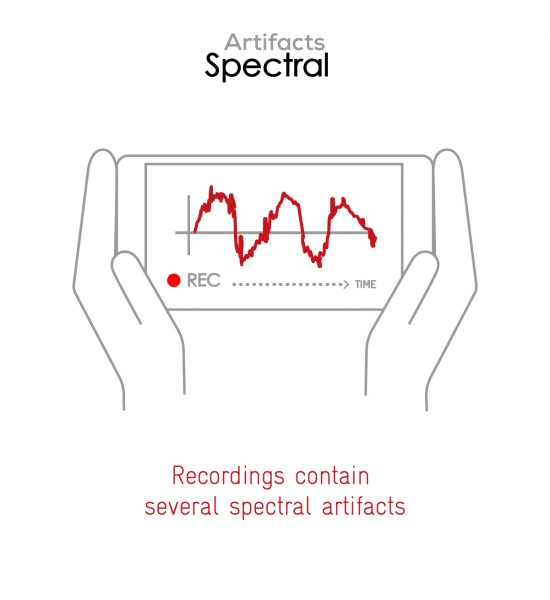
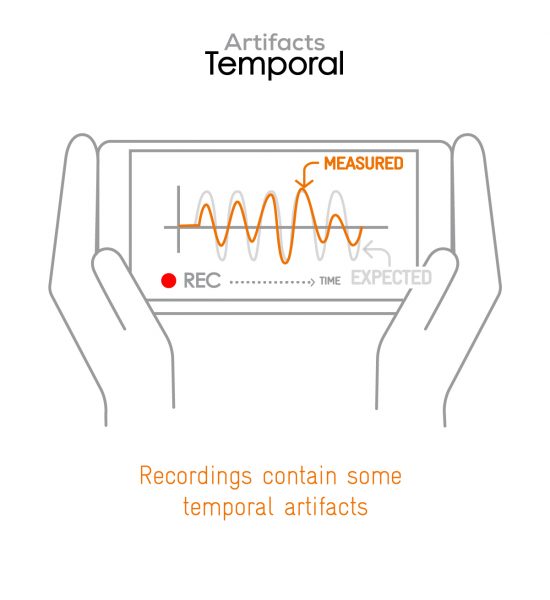
In this audio comparison, you can listen to the way this smartphone handles wind noise relative to its competitors:

Background
Vivo X100 Pro
166
Background evaluates how natural the various sounds around a voice blend into the video recording file. For example, when recording a speech at an event, the background should not interfere with the main voice, yet it should provide some context of the surroundings.

